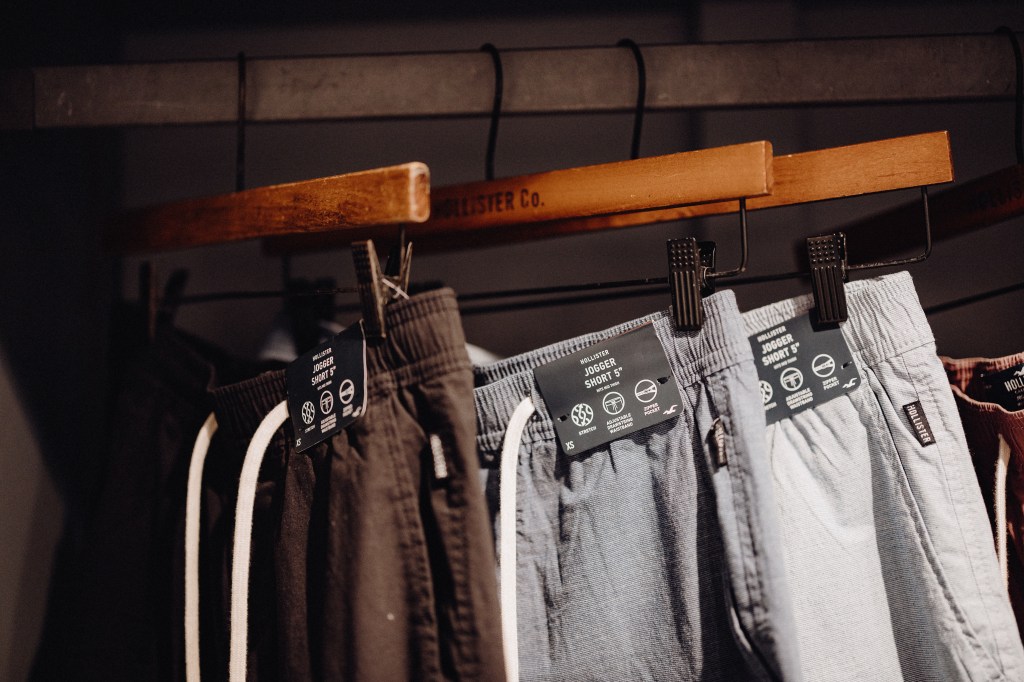
Materials
Abercrombie & Fitch Co. is striving to source more sustainable fibers in key commodities, including cotton, polyester, down, wool and manmade cellulosic fiber.
Transparency
Article 13 AGEC Law/Article R.541-221 of The Environmental Code
Abercrombie & Fitch is committed to providing quality products and maintaining transparency regarding the manufacture and processing of our textile fabrics. This sheet will be a main source of information on environmental qualities and characteristics as outlined in Article 13 of the French AGEC Environmental Code.
We have a long-standing relationship with fabric suppliers with whom we source fabrics. Taking this into consideration, “processing origin” encompasses all three stages of the fabric weaving / knitting, dyeing, and printing process. It is typical for each stage of the fabric production process to take place in a single country.
The sheet is organized into columns according to brand, gender, processing origin, and product category. To begin a search, it is recommended to locate the brand and gender first. Subsequently, a list of product categories is presented based on which countries supply and process the fabrics for that category. For questions, please contact sustainability@anfcorp.com.
A&F Co. Strategy
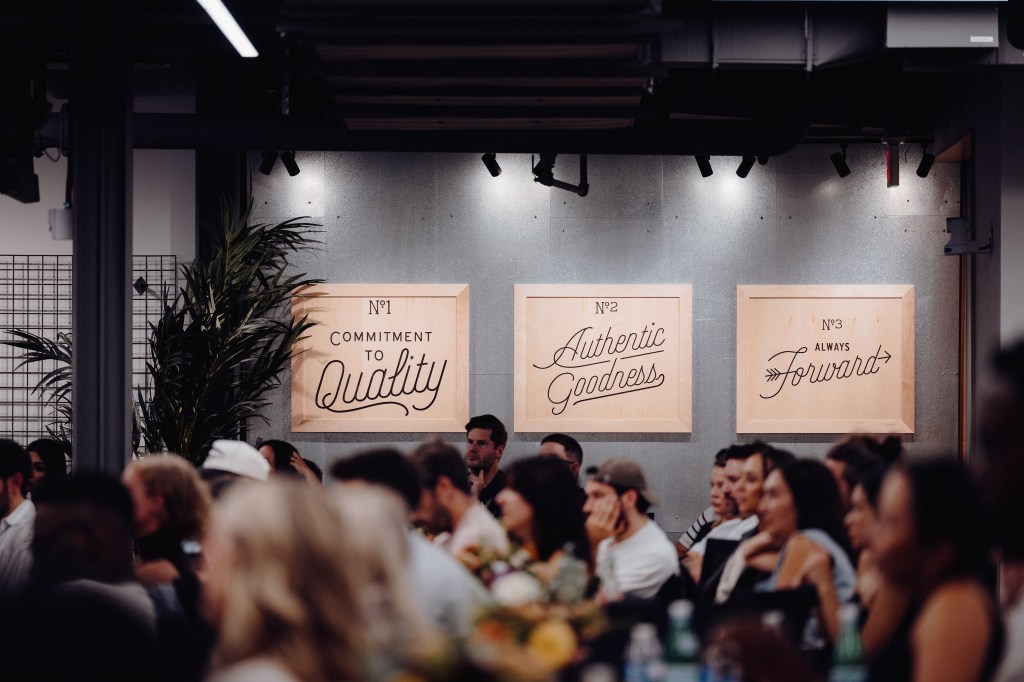
Associate Trainings
Team-specific trainings are convened throughout the year to A&F Co.’s designers, merchants, sourcing partners and others regarding current sustainable material goals, requirements and evolving industry landscape. The purpose of the trainings is to share progress towards current sustainable product goals and train teams on A&F Co.’s sustainable material programs and partnerships. Topics covered during these trainings include industry best practices that can be applied to teams’ day to day roles, how certain teams are using sustainable materials in their product categories and guidance on evidence requirements for product-specific sustainability claims and associated marketing. A suite of Sustainable Product Resources is presented and made available to the teams to support with opportunities and continuing the conversation.
Cotton
A&F Co. partners with Better Cotton to improve cotton farming globally. Better Cotton’s mission is to help cotton communities survive and thrive, while protecting and restoring the environment. Better Cotton trains farmers to:
- Use water efficiently, care for soil health and natural habitats, reduce use of the most harmful chemicals and respect workers’ rights and well-being
- Care for the environment and implement the principles of Decent Work
- Care for the environment and respect workers’ rights and well-being
- Adapt to the effects of climate change
A&F Co. is a Cotton LEADS Partner and supports its mission to advance sustainable cotton production in the U.S. and Australia.
In calendar year 2024, A&F Co. sourced 31,891 metric tons of cotton. Of this, 11,173 metric tons was sourced through Better Cotton.

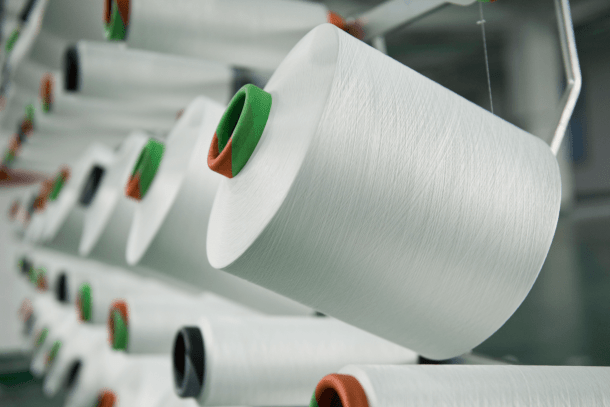
Recycled Polyester
Incorporating recycled polyester in our fabric helps to divert discarded plastic bottles, pre consumer textile waste or other virgin plastic materials from landfills to more productive use.
Recycled polyester (versus virgin polyester) releases less greenhouse gasses and uses less water and energy in the production process – lessening its environmental impact.
In fiscal year 2024, A&F Co. sourced 2,153,189 units containing polyester fill. Of this, 2,057,120 units used recycled polyester fill. Also in fiscal year 2024, A&F Co. sourced 9,955 metric tons of polyester fabric. Of this, 3,639 was sourced as recycled polyester fabric.
Viscose & Manmade Cellulosic Fiber
Man-made cellulosic fiber (MMCF) is typically made of dissolved wood pulp and more commonly known as viscose, lyocell, rayon and/or modal. Our Cellulosic Fiber Policy, published in 2017, outlines a tracking system to improve our traceability through the supply chain. We work with Canopy and our cellulosic fiber suppliers to collaborate and support solutions that protect ancient and endangered forests.
A&F Co. is collaborating with industry partners to improve supply chain sourcing practices in a manner that will help protect endangered forests and impacted communities around the world. Within our Cellulosic Fiber Policy announced in 2017, we are committed to establishing due diligence processes and tracking systems in order to improve traceability. As part of that commitment, we publicly report the company’s progress.


Addressed to Date
- Published policy
- Notified of policy traceability requirements
- Mapped supply chain
- Identified high risk areas
- Partnered with Canopy
- Monitor and independently verify raw material locations
- Evaluate needed actions for and/or relationship with suppliers in high risk areas
- Publicly report on progress by middle of 2019
Next Steps
- Conduct risk assessments
- Establish performance metrics
In early 2024, A&F Co. discontinued sourcing MMCF materials from Silver Hawk Chemical Fibre Co. Ltd.
Down & Wool
A&F Co. is a member of Textile Exchange, a global non-profit driving positive impact on climate change across the fashion and textile industry. It guides brands, manufacturers and farmers towards purposeful production from the very start of the supply chain. A&F Co. utilizes the Textile Exchange Standards to verify sustainability claims in products, including the Responsible Down Standard (RDS), Responsible Wool Standard (RWS) and the Global Recycled Standard (GRS). To learn more, visit textileexchange.org.
We partner with down suppliers to comply with Textile Exchange’s Responsible Down Standard. By obtaining proper certification and supply chain transparency, the Responsible Down Standard (RDS) (independently) certifies down and feathers against animal welfare requirements and tracks it from farm to final product.
We work with our wool suppliers to comply with Textile Exchange’s Responsible Wool Standard. By obtaining proper certification and supply chain transparency, the Responsible Wool Standard (RWS) (independently) verifies wool animal welfare and land management requirements and tracks it from farm to final product.
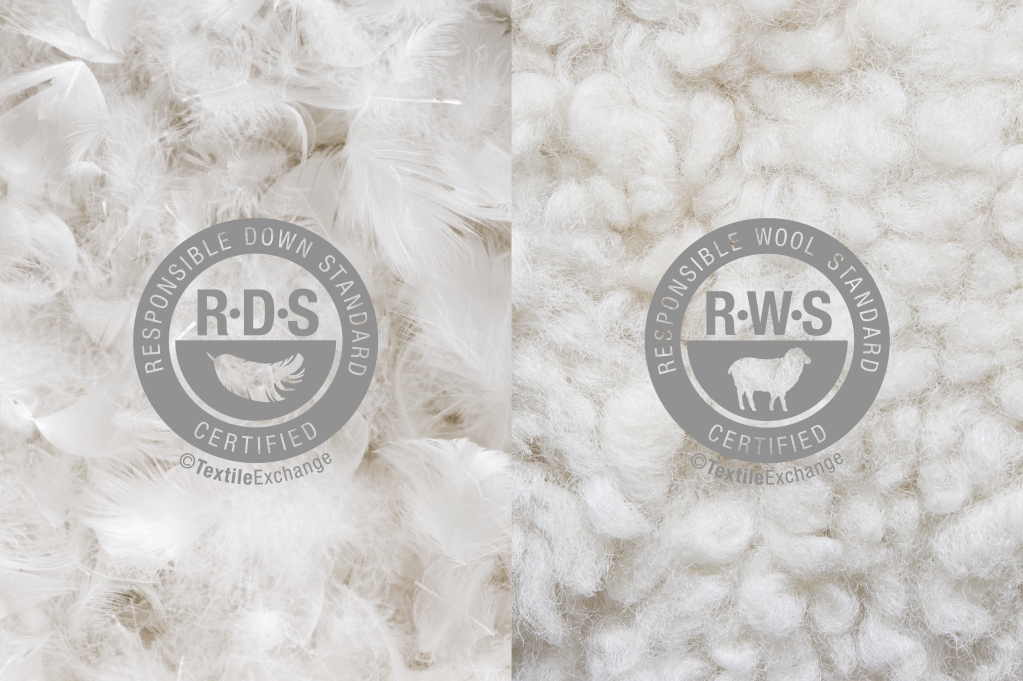
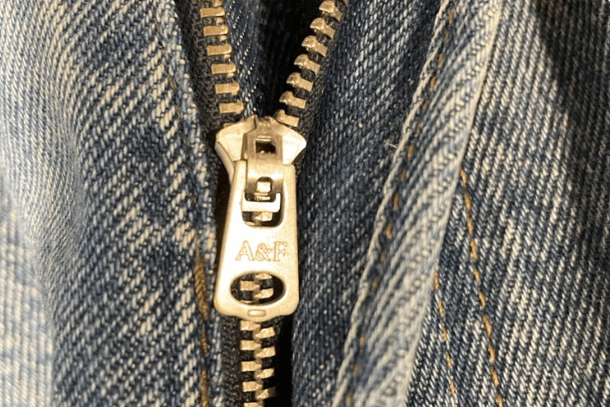
Metals
A&F Co. complies with the DoddFrank Wall Street Reform Act to prevent armed groups from benefiting from the sourcing of conflict minerals from the Democratic Republic of Congo and the covered countries. As a member of the Responsible Minerals Initiative (RMI), we’re able to confirm suppliers are conformant with RMI’s Responsible Minerals Assurance Process (RMAP) assessment protocol.
Read more about our Conflict Mineral Policy here.